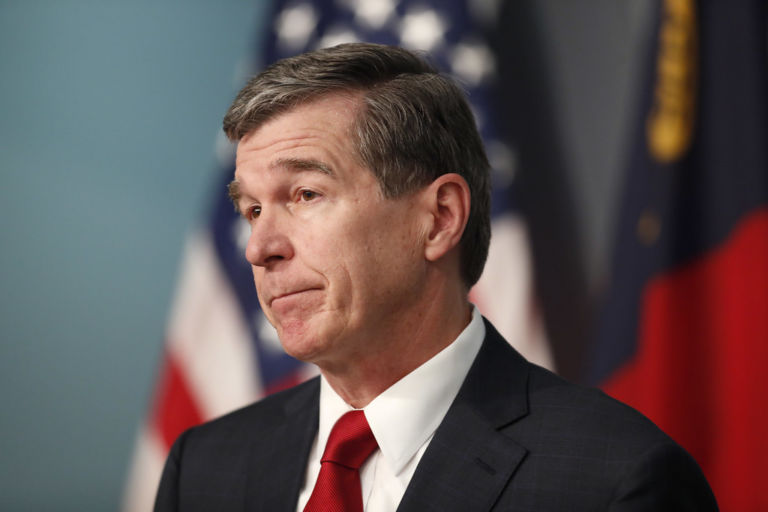According to “Feeling the Squeeze: Pension Costs Are Crowding Out Education Spending” by Josh B. McGee of the Manhattan Institute, North Carolina was one of eight states that had declining per-pupil expenditures and growing pension contributions between 2000 and 2013.
Education is the largest and potentially the most important public service to suffer. Almost every state increased retirement benefits for teachers in the booming 1990s, but the additional promises were not accompanied by responsible funding plans. By 2003, the funding for teacher pension plans overall was short by $235 billion; and by 2009, pension debt had more than doubled, to $584 billion. The strong bull market since the Great Recession has barely put a dent in the shortfall, which still totals approximately $500 billion.
Another way of understanding the scale of the problem is by looking at pension debt per pupil—which increased by an inflation-adjusted $9,588 between 2000 and 2013. Over this period, the growth of pension debt per pupil was more than nine times larger than the increase in total annual education expenditures per pupil. Almost every state has experienced large pension cost increases, but eight states—Arizona, Colorado, Indiana, Michigan, North Carolina, Nevada, Texas, and Wisconsin—experienced the double whammy of declining per-pupil expenditures and growing pension contributions.
Both Democrats and Republicans own this problem, and regardless of who is in power, it will not be easy to fix.


